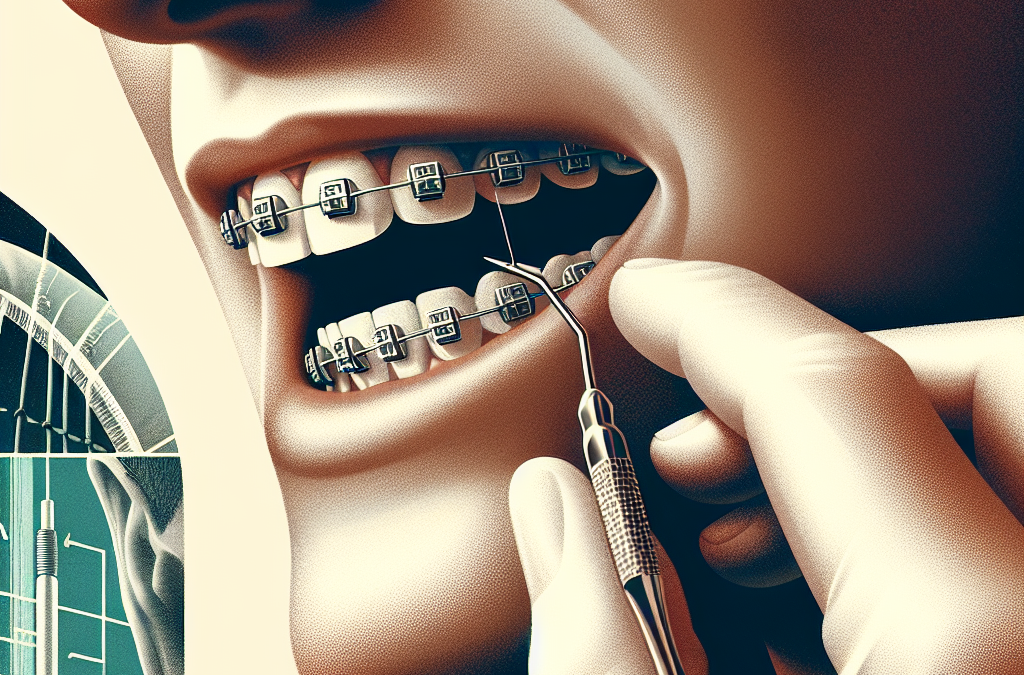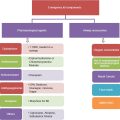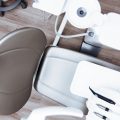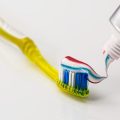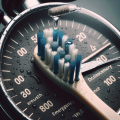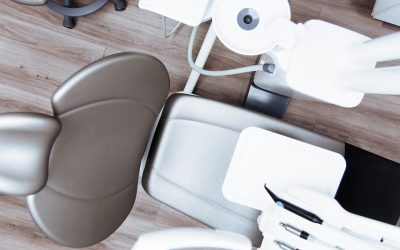So, you’ve found yourself in a bit of a pickle with your orthodontic appliance. Whether it’s a broken bracket or a dislodged wire, it can be quite the hassle. But fear not, because there may just be a solution for your dental dilemma. In this article, we’ll explore some options for fixing a broken or dislodged orthodontic appliance, so you can get back to flashing that smile with confidence.
Overview of orthodontic appliances
Orthodontic appliances are devices that are used to correct misaligned teeth and jaws. These appliances work by applying gentle pressure to gradually move the teeth into their proper positions. There are several types of orthodontic appliances available, each with its own unique design and purpose.
Types of orthodontic appliances
-
Traditional braces: These are the most common type of orthodontic appliance and consist of metal brackets that are bonded to the teeth and connected with wires. Braces can effectively correct various dental issues, including crooked teeth, overcrowding, and bite problems.
-
Clear aligners: Clear aligners, such as Invisalign, are a popular alternative to traditional braces. They are custom-made, removable trays that gradually shift the teeth into place. Clear aligners are less noticeable than braces and offer flexibility and convenience.
-
Retainers: Retainers are often used after braces or other orthodontic treatments to maintain the alignment of the teeth. They can be removable or fixed, and they help prevent the teeth from shifting back into their original positions.
-
Palatal expanders: Palatal expanders are used to widen the upper jaw. They are often prescribed to children with a narrow upper jaw to create more space for permanent teeth to erupt properly.
-
Headgear: Headgear is a removable appliance that consists of a wire device attached to a strap or head cap. It is primarily used to correct overbites and underbites by applying gentle force to the jaw and teeth.
Common problems with orthodontic appliances
While orthodontic appliances are typically durable, there are some common issues that patients may encounter:
-
Broken brackets or wires: Brackets or wires can sometimes break or become loose, causing discomfort and hindering the effectiveness of the appliance.
-
Dislodged or missing components: Occasionally, a bracket may come completely off a tooth or a wire may dislodge from its intended position.
-
Irritation or soreness: Some patients may experience mild irritation or soreness in the mouth due to the presence of the appliance.
Signs of a broken or dislodged orthodontic appliance
It’s important to be able to recognize the signs of a broken or dislodged orthodontic appliance to ensure timely treatment:
Visible damage
If you notice any visible damage such as a broken bracket, a bent wire, or a missing component, it is likely that your appliance is broken.
Loose or missing components
If a bracket or wire feels loose or comes off completely, it could indicate a problem with your appliance. Additionally, if you notice a missing rubber band or an elastic tie, it may need attention.
Discomfort or pain
If you experience persistent discomfort or pain when wearing your orthodontic appliance, it could be a sign that something is not right. Discomfort may be accompanied by soreness, sensitivity, or difficulty chewing.
Immediate actions to take
When you suspect a broken or dislodged orthodontic appliance, it’s essential to take immediate action to prevent further complications. Here are some steps you can take:
Contacting an orthodontist
The first thing you should do is contact your orthodontist to explain the situation. They will provide guidance on what steps to take next and whether an appointment is necessary.
Assessing the severity
While waiting for professional advice, try to assess the severity of the problem. If the issue is causing significant discomfort or affecting your ability to eat or speak, it may be more urgent.
Avoiding certain foods or activities
To minimize the risk of further damage, avoid hard, sticky, or chewy foods that could potentially dislodge or break your appliance. Additionally, refrain from activities that could put excessive pressure on your appliance, such as biting on pens or using your teeth to open packages.
Temporary fixes at home
In some cases, you may be able to employ temporary fixes at home to alleviate discomfort or prevent further damage to your orthodontic appliance. Here are a few techniques you can try:
Using orthodontic wax
Orthodontic wax can be used to cover any sharp or protruding edges of your appliance, providing a cushioning effect and reducing irritation on your cheeks or gums. Simply apply a small amount of wax to the problem area until you can see your orthodontist.
Repositioning a loose wire
If a wire becomes loose and uncomfortable, you can try using a clean pair of tweezers or a pencil eraser to gently reposition it back into place. Be extremely cautious not to apply excessive force or damage the wire further.
Using tweezers to put back a bracket
If a bracket comes off a tooth completely but remains intact, you can carefully try to reposition it using clean tweezers. However, it’s important to note that this is a temporary solution, and you should still consult your orthodontist for a proper repair.
Potential risks of home fixes
While home remedies can offer temporary relief, it’s crucial to understand the potential risks involved:
Aggravating the problem
If you attempt to fix your orthodontic appliance without proper knowledge or tools, you run the risk of aggravating the problem. Applying too much pressure or adjusting the appliance incorrectly can lead to further damage or discomfort.
Causing further damage
Home fixes should only be considered temporary solutions and never a replacement for professional assistance. Trying to repair or manipulate your appliance without the expertise of an orthodontist may cause additional damage and complicate the overall treatment process.
Professional solutions
When dealing with a broken or dislodged orthodontic appliance, it is always best to seek professional help. Here are the steps your orthodontist may take to address the issue:
Orthodontist’s examination
Your orthodontist will conduct a thorough examination to assess the extent of the damage and determine the best course of action. They may take X-rays or use other diagnostic tools to get a clearer picture of the problem.
Repairing or replacing the appliance
Depending on the severity of the damage, your orthodontist may be able to repair the appliance by replacing a broken bracket or wire. In more severe cases, they may need to replace the entire appliance.
Possible costs and insurance coverage
It’s important to note that the cost of repairing or replacing a broken or dislodged appliance may vary. It is recommended to check your dental insurance coverage to understand what costs may be covered and what you may be responsible for.
Dealing with discomfort and pain
While waiting for your orthodontist appointment, there are a few measures you can take to alleviate discomfort or pain associated with a broken or dislodged orthodontic appliance:
Over-the-counter pain relievers
Over-the-counter pain relievers such as ibuprofen or acetaminophen can help reduce pain or discomfort caused by an orthodontic appliance. Follow the recommended dosage and consult with a healthcare professional if needed.
Saltwater rinses
Rinsing your mouth with warm saltwater can provide temporary relief and help reduce inflammation. Dissolve half a teaspoon of salt in eight ounces of warm water and swish it around your mouth for about 30 seconds before spitting it out.
Applying dental wax
If you have orthodontic wax, apply a small piece of it to any areas causing irritation or discomfort. The wax will act as a temporary cushion, providing relief until you can see your orthodontist.
Preventing future complications
To avoid future complications with your orthodontic appliance, it’s important to follow certain guidelines:
Regular orthodontic check-ups
Attend regular check-ups with your orthodontist as scheduled. These appointments allow your orthodontist to monitor the progress of your treatment, make necessary adjustments, and catch any issues before they worsen.
Proper oral hygiene
Maintain excellent oral hygiene by brushing your teeth thoroughly, flossing daily, and using any additional cleaning tools recommended by your orthodontist. This helps prevent the buildup of plaque and reduces the risk of developing oral health problems.
Avoiding certain habits
Avoid habits that can potentially damage your orthodontic appliance, such as chewing on ice, pens, or hard candies. Additionally, avoid using your teeth to tear or open objects, as this can put excessive pressure on the appliance.
Invisible aligners as an alternative
For individuals seeking a more discreet orthodontic treatment option, invisible aligners such as Invisalign can be a viable alternative. Here are some points to consider before switching:
Benefits of invisible aligners
Invisible aligners offer several advantages, including their nearly invisible appearance, the ability to remove them for eating and oral hygiene, and overall comfort. They may be a suitable option for those who prioritize aesthetics and flexibility.
Considerations before switching
Before deciding to switch to invisible aligners, it’s essential to consult with your orthodontist. They will evaluate whether you are a suitable candidate for this treatment method based on your specific dental needs and the complexity of your case.
Consulting with an orthodontist
To determine if invisible aligners are right for you, schedule a consultation with an experienced orthodontist. They will assess your oral health, discuss your goals, and provide personalized recommendations based on their expertise.
Conclusion
When faced with a broken or dislodged orthodontic appliance, it’s crucial to address the issue promptly and seek professional help. Attempting home fixes may provide temporary relief but can potentially worsen the problem or cause further damage. By contacting an orthodontist, assessing the severity of the issue, and avoiding certain foods or activities, you can take immediate actions to mitigate risks. Regular orthodontic check-ups, proper hygiene practices, and avoiding damaging habits can help prevent future complications. If considering invisible aligners, consult with an orthodontist to determine its suitability for your specific case. Remember, seeking professional help is paramount to ensure proper treatment and maintain the health and alignment of your teeth.

